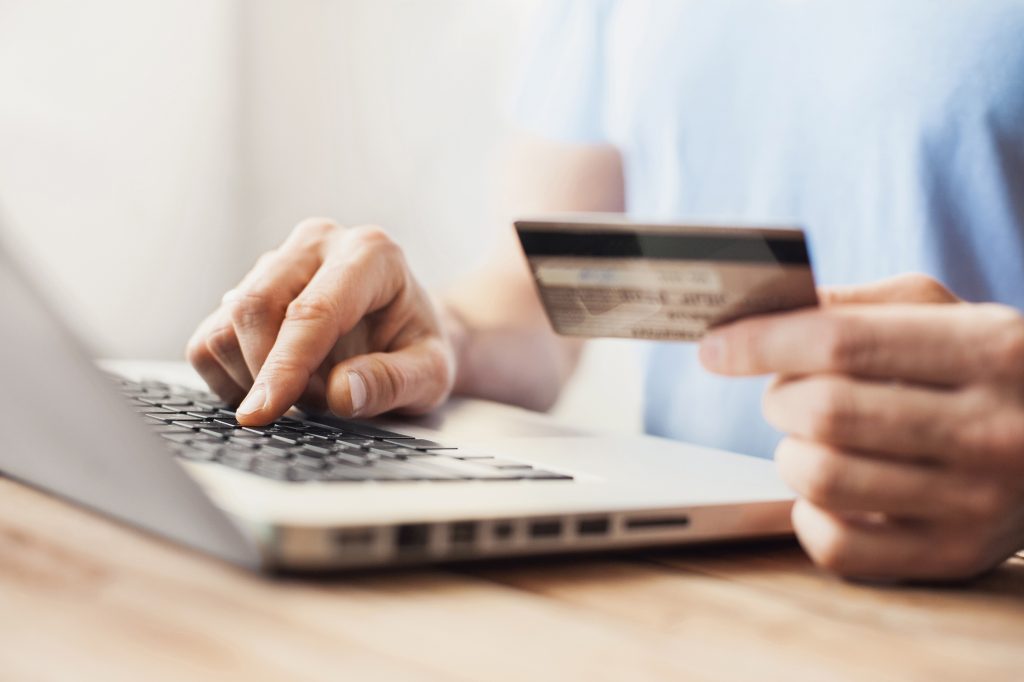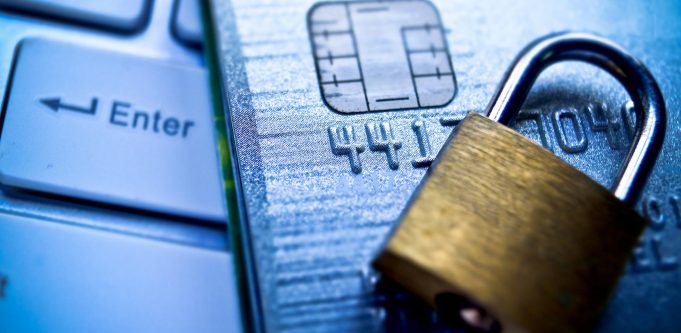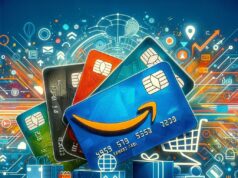Credit cards are one of the safest, globally recognized, and most flexible form of payment worldwide. The range of use of a credit card is varied and offers cardholder financial freedom and independence. It can be used to withdraw money from the nearest ATM at any time of the day, and can also be used as a cashless means of payment in the stores or online. They are increasingly being used by consumers, especially as a result of increasing trade on the Internet. Unfortunately, with the more frequent use of credit cards, the rate of credit card fraud has also increased in recent years. There are numerous incidents when a large amount of confidential credit card data has fallen into the wrong hands. Criminals try to install malware on infected consumer computers via infected attachments in emails, which can log all input when shopping online. Another commonly used method is redirecting to groomed websites where users are asked to enter their data. Even if consumers lose their credit card, there is a risk of abuse. With the credit card number on the front and the check number on the back of the card, thieves can immediately shop on the Internet. As such, it is important to verify the credibility of your payment platform. MyPaymentSavvy provides top notch payment processing service and values customers data. We have listed the ways to keep your credit card safe and protect it from being misused on the internet.

1. Use Your Data Sparingly
When you have the choice, prefer an online store that you already know by fame or because you have already used it. Make sure that the general terms and conditions of sale are accessible, the physical address of the company must be clearly indicated with a means of contact (phone, email). The more companies you entrust the data to your credit card, the greater the risk of card misuse. This does not mean that companies act fraudulently, but it increases the risk of being affected if the hacker attacks any of the companies you have entrusted your data with since the technical security measures are different in the online shops. So, think twice about entrusting your data while shopping online.
2. Check the credit card statement carefully
It is important to check your credit card statement immediately after its use. Fraudsters usually make a debit-test where only 1 or 2 cents will be deducted from your account. If this goes unnoticed by your bank, the scammers will try to clear as much money as possible from your account in the same way. In the event of any irregularities, contact your bank immediately and have the card blocked if necessary.
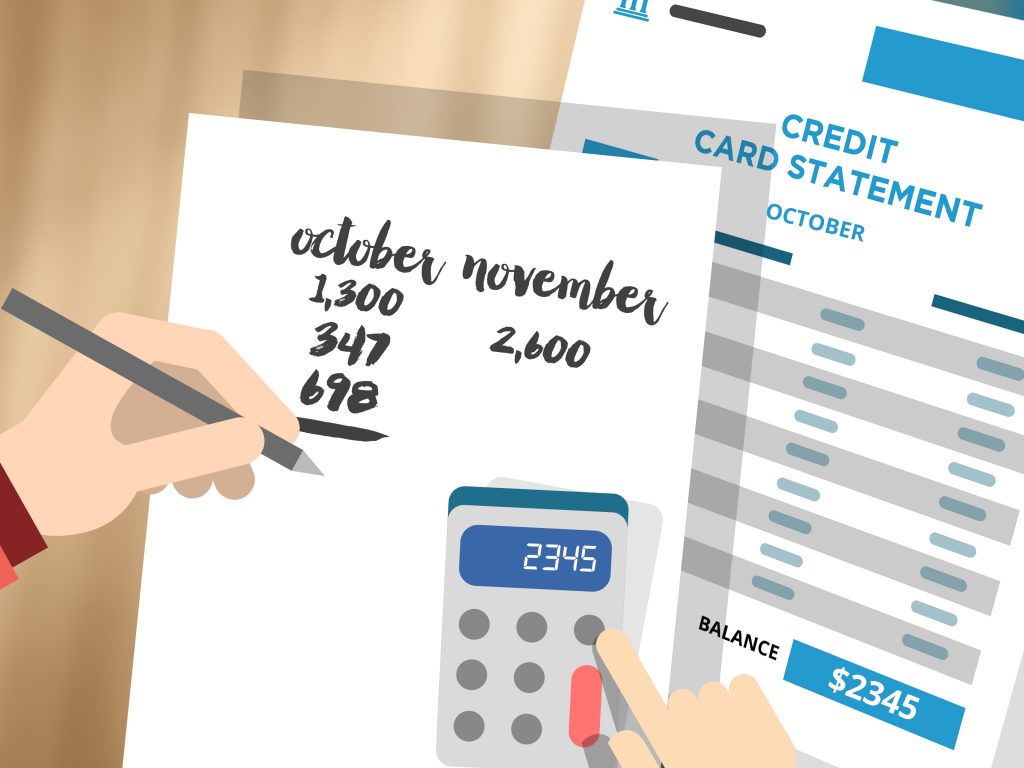
3. Check out the payment page
A credit card number is intended to be entered on a special secure page that must be encrypted to prevent the number being intercepted by a third party. Always carefully check the address in your web browser when prompted to enter your information. Signs of being silently redirected to a fraudulent site are a missing “https: //” in the address bar, or that the original site provider no longer appears in the address bar. For the slightest doubt about the authenticity of the website, do not go for a purchase.
4. Use an alternative payment method
Online sales sites sometimes offer alternative means of payment to the bank card. Some offer for example the payment via Paypal, which saves you from systematically providing your card number. However, you must open a Paypal account by providing your card number or credit the account.
5. Do not save your information in the database
Some sites sometimes offer you “keep in memory” option of your payment information at the time of payment to facilitate your task during your next purchases. Always uncheck this box to avoid leaving your card numbers in the merchant databases.
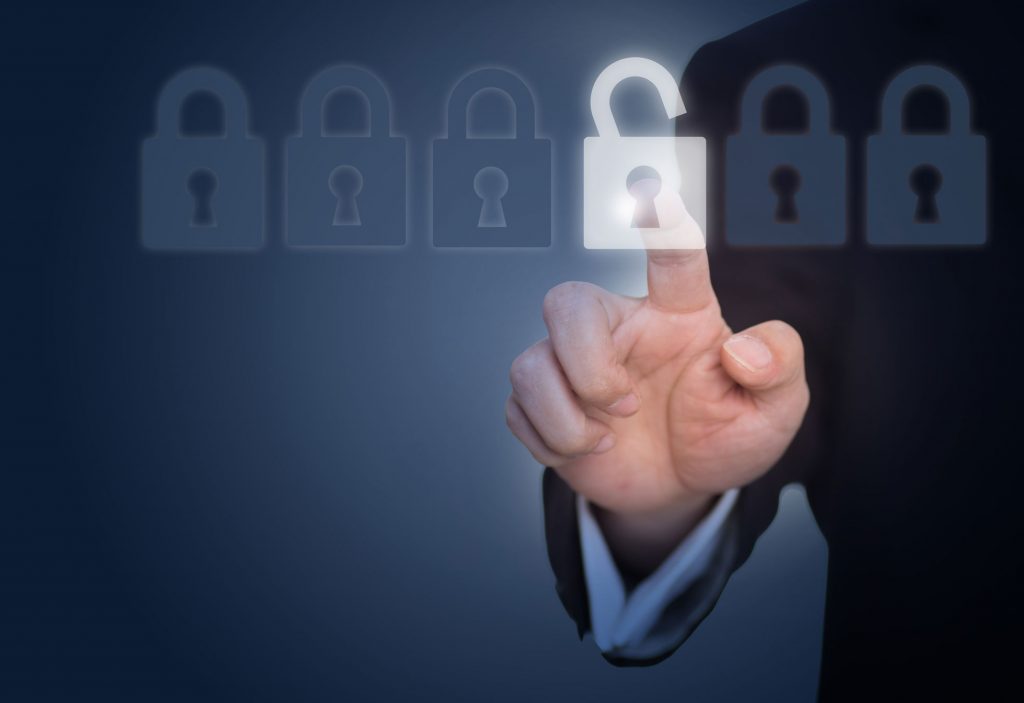
6. Do not upload the picture of your credit card
It seems that this is understandable without words, but nevertheless, never, under any circumstances, take pictures and publish publicly the photos of your credit or debit card on your social media or on the internet. Doing so makes it easier for hackers to gather your details and misuse your card. If you have already uploaded the picture, delete it, and contact your bank as soon as possible.
7. Verify 3D Security
Banking organizations have looked into these security issues and most banks or cards (Carte, Visa, Mastercard, etc.) offer security solutions like 3D Secure, a secure payment protocol on the Internet. However, the 3D-Secure method does not offer 100% protection either. If someone knows your 3D Secure password and credit card details, they can go on a shopping spree on the internet without the customer’s knowledge.
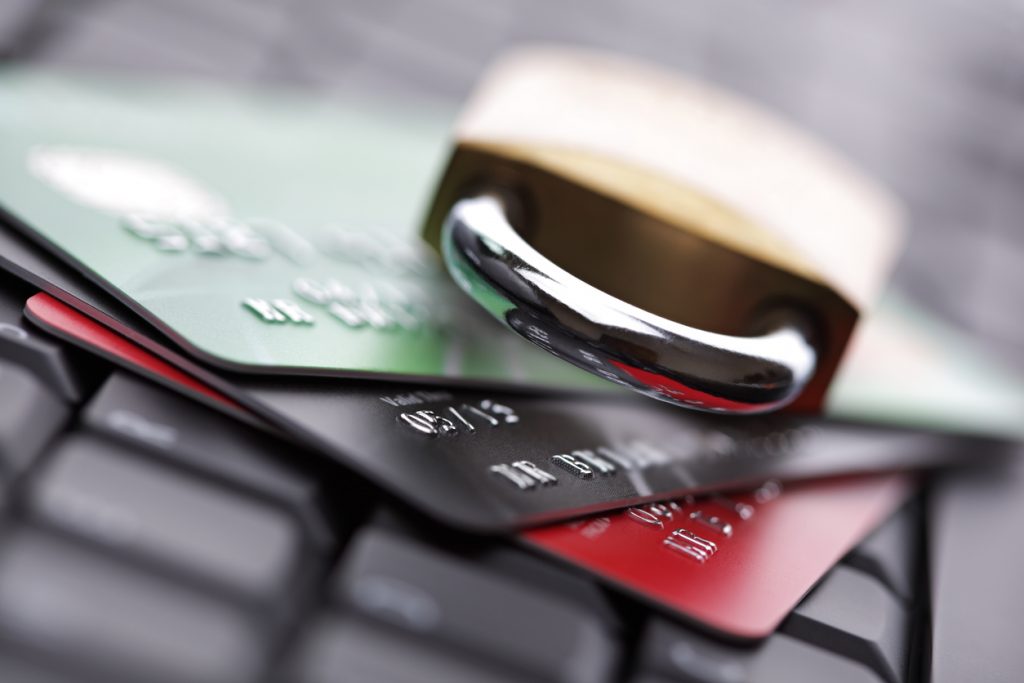
8. Do not email your card details
Some hackers use tools that randomly generates possible credit card numbers from the internet. They may even send you a proxy email and ask you to give your card details citing some security reasons. Please, do not respond to any email that asks you to do so. Moreover, it is better to inform your bank if you get such emails.
We recommend that the credit card should be blocked as soon as there is even a slight suspicion of fraud. If you suspect that your credit card has been stolen, not only should you report it to your bank, but also to the police.
